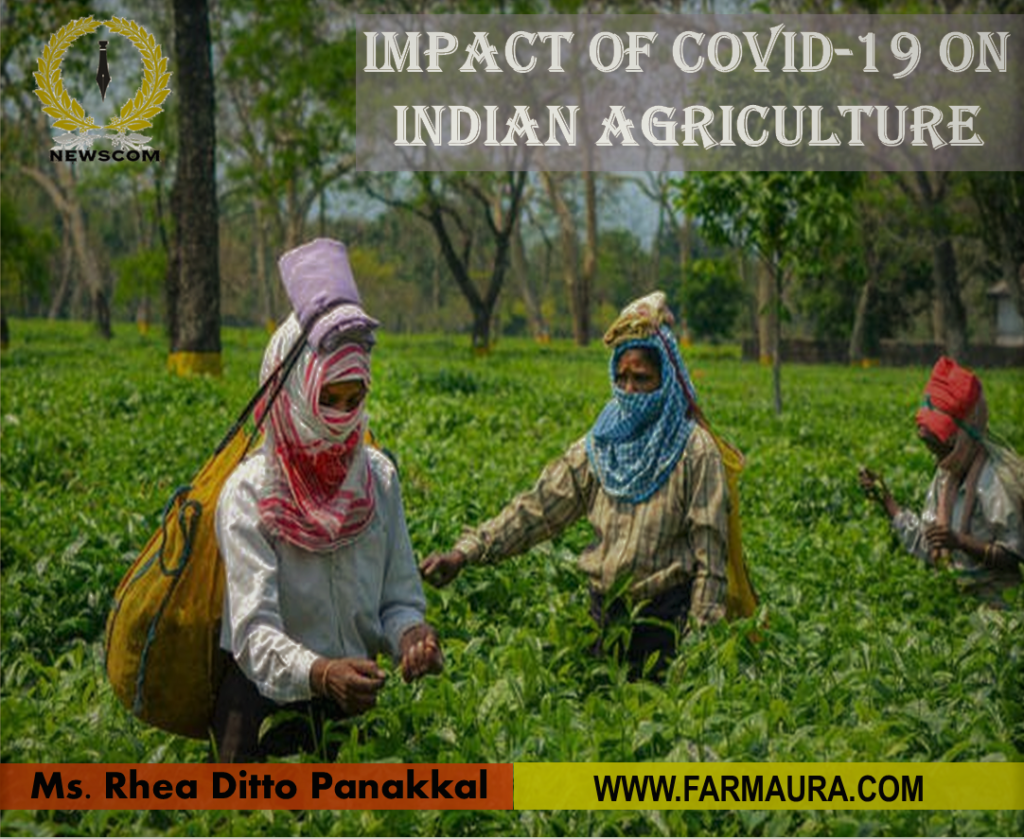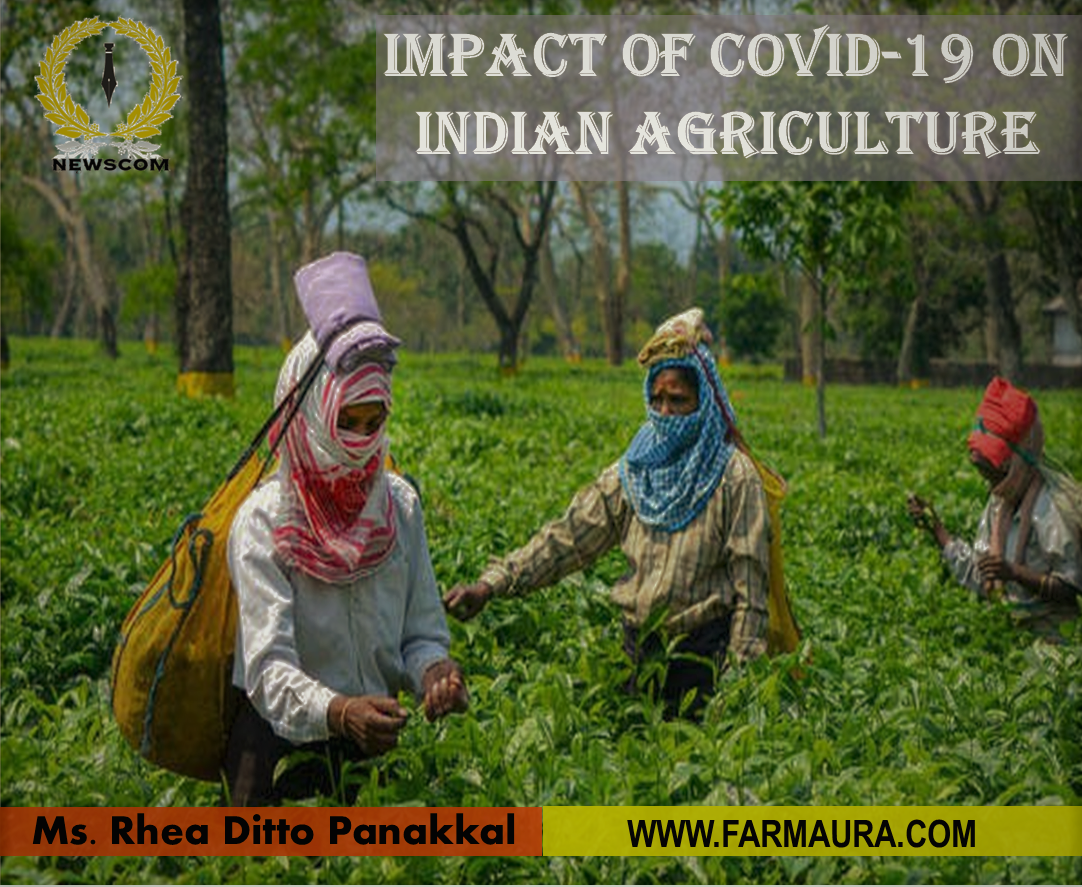
Agriculture is the backbone of India, the central pillar on which the majority of the Indian populace is dependent on. It is the primary vocation for around 58% of the population and utilizes 44% of the overall workforce. Indian Agriculture sector is not only responsible for feeding the entire nation but also places among the top exporters of agricultural produce.
Indian farmers continually deal with the vagaries of nature such as sporadic and unpredictable monsoon season, rising inflation, imbalanced supply chains, etc. These inconveniences were further supplemented this year by the COVID-19 pandemic and the resultant lockdowns. Agriculture sector showed good growth during the pandemic, it is the only sector with a positive growth of 3.4% in the first quarter due to the bumper rabi harvest, incessant government initiatives to procure and supply the food grains, steady prices, etc.
When the first COVID-19 lockdown was declared within March, it created a mass exodus of the migrant workers from their place of employment to their hometowns. This sudden and unprecedented relocation brought about the delay of harvesting of Rabi crops by as much as a month. Farmers were also seen abandoning the harvesting of Rabi crops or paying high premium costs for labour or machinery. Although India’s foodbank had more than three times the operational buffer in stock, the widespread lockdown and inter-state restrictions caused issues within the supply chain of India.
| Sr. no. | ALLIED SECTORS | EFFECT OF COVID-19 |
| 1 | Fruits and Vegetables | Disruptions in transportation services due to lockdown affected the supply chain of fruits and vegetables. |
| Poultry | Reduced demand was seen in this sub-sector which led to a fall in the prices of chicken by 25%. Breeding stock delivery was also affected. | |
| Agri-Inputs | Supply of inputs was restricted due to the lockdown and reduced inter-state movement. Sale of fertilizers has increased for Kharif season due to bumper Rabi crop and good rainfalls. | |
| Livestock | Limited access to animal feed and shortage of labour has affected this industry. | |
| Farm Labour | Migrant labourers (50 Million) have returned to their hometowns (Bihar, Jharkhand, West Bengal) causing a reduction in the labour pool of agricultural states like Haryana and Punjab. | |
| Farm Mechanization | Decline in the sales of tractors due to lack of purchasing capability and increased labour availability in rural areas. | |
| Floriculture | Fall in demand resulted in losses in this sector. Moreover, it is speculated that farmers may move away from floriculture business if such restrictions continue. |
Farmers were facing difficulty in repaying their crop loans taken for the Rabi season, and are forced to borrow money from informal sources with high rates of interests for the Kharif season as banks seldom give loans if the earlier one is outstanding. The government must take initiatives to repay the outstanding payments and pave the way for the disbursement of new loans.
The Indian agriculture sector will also see rapid feminization. With the men having returned to their hometowns, the women will be forced to take up more menial agricultural jobs with less pay and their status as women farmers will be reduced. The men will also become involved in the marketing of their products and will control the money.
With the dilution of APMC and ECA, FPO’s will have ample market opportunities as their bargaining power will increase. The buyers will be unshackled to purchase from anywhere, increasing the choices for the farmers. Corporates have also been preferring to align with farmer organizations than traders, which increases the scope for contract farming and mutually beneficial tie-ups.
COVID-19 has brought to the fore some inherent problems that lie in Indian Agriculture which could only be solved by the development of supportive infrastructure and repurposing the existing food and agriculture policies for a healthier population. Exports could be facilitated for the products which are in surplus. There should be timely availability of inputs to the farmers for the Kharif season to ensure continued production strengths of India in the Agriculture sector. The Agriculture sector has shown its resilience in these trying times and the need of the hour is to maximize the possibilities of agriculture.




